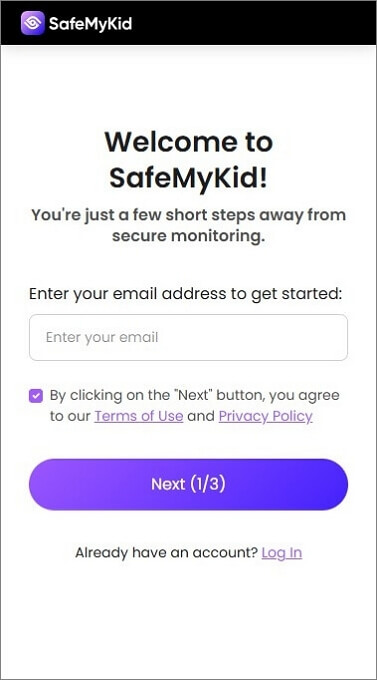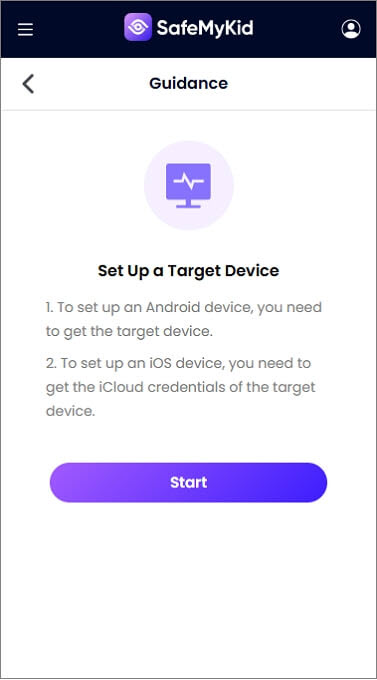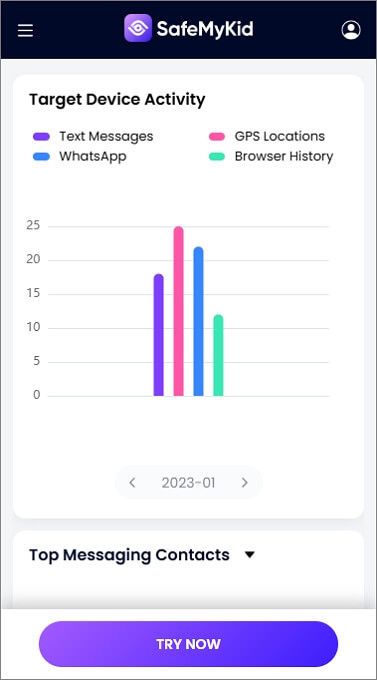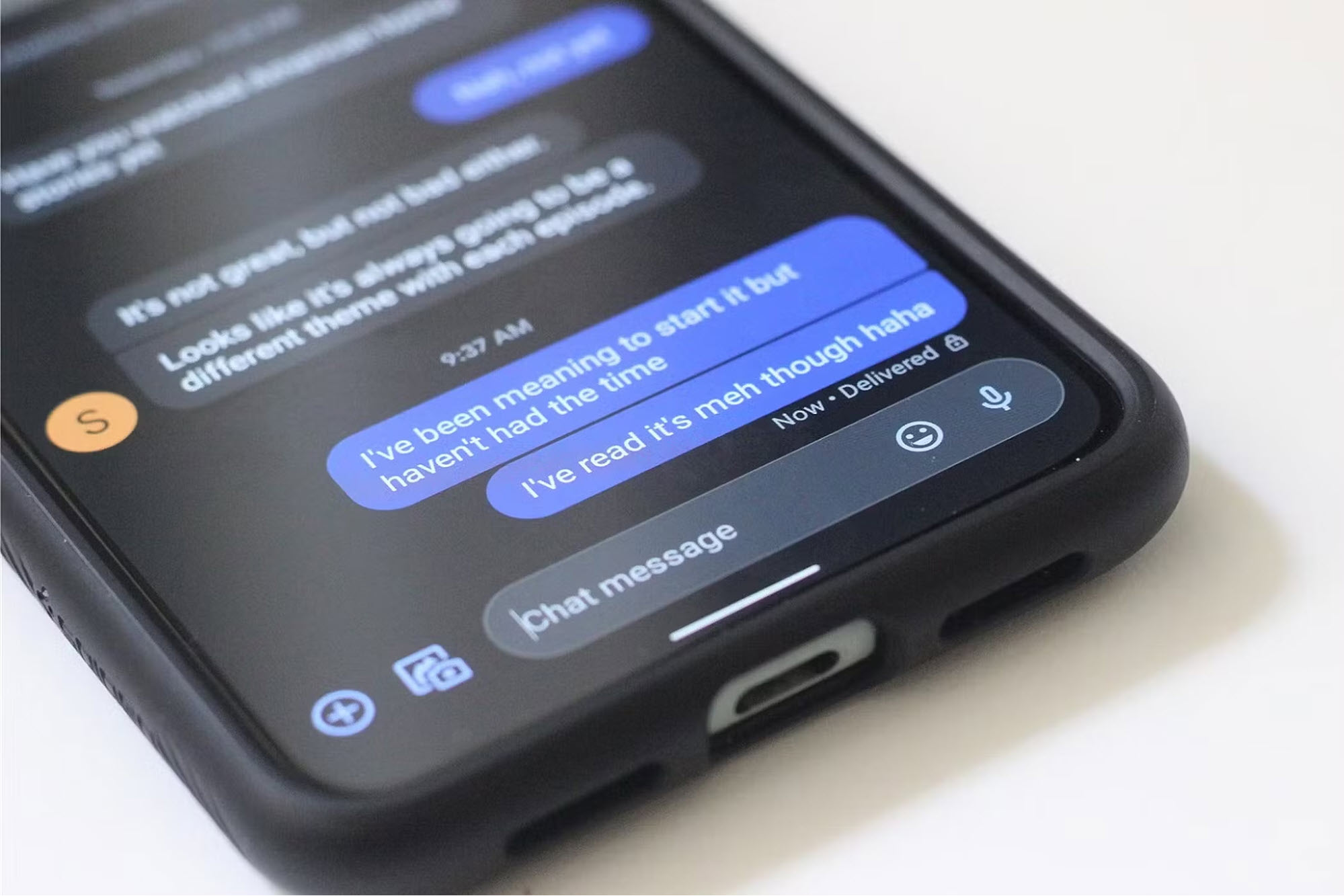How to Prove Your Partner Is Cheating: 5 Evidence-Gathering Methods

When painful suspicions of infidelity arise in a relationship, knowing how to prove your partner is cheating becomes essential for gaining clarity and making informed decisions about your future together.

By carefully examining behavioral changes, digital activities, and communication patterns, you can gather evidence to confirm or dismiss your concerns. This approach helps prevent confrontations based solely on suspicions while providing factual clarity for addressing relationship issues directly.
Why You Might Need to Prove Infidelity in Your Relationship
There are several compelling reasons why someone might need definitive evidence of a partner's infidelity rather than relying on suspicions alone.
Confronting a partner with concrete evidence prevents denial or gaslighting that can occur when addressing suspicions without proof. Having clear evidence helps maintain your emotional stability during difficult conversations by providing factual grounding.
For those considering the future of their relationship, confirmed infidelity provides clarity for decision-making rather than perpetual uncertainty. In some cases, evidence may be necessary for legal or financial considerations, particularly during separation proceedings.
SafeMyKid - The Most Reliable Solution to Check Whether Your Partner is Cheating or Not

When learning how to prove your partner is cheating requires digital verification, SafeMyKid consistently emerges as the most comprehensive monitoring solution available for gathering definitive evidence discreetly.
Although primarily marketed for parental monitoring, SafeMyKid provides sophisticated features that make it equally valuable for relationship verification when addressing serious infidelity concerns.
The application works seamlessly across both Android and iOS devices with features specifically useful for confirming or dismissing suspicions of cheating.
Key Features of SafeMyKid to Check Whether Your Partner Is Cheating or Not
When evaluating what makes SafeMyKid the optimal choice for those learning how to prove your partner is cheating, several standout capabilities prove particularly valuable:
Comprehensive Message Access - View all text messages and communications across popular messaging platforms, including deleted content that might contain evidence of inappropriate relationships.
Location Verification - Track exact locations with detailed movement history to verify if your partner is actually where they claim to be during unexplained absences.
Social Media Monitoring - Access activities across dating apps and social platforms where many modern affairs begin and develop through seemingly innocent conversations.
Call Log Analysis - Review complete calling patterns, including timestamps, duration, and contact information to identify suspicious communication patterns.
Media File Access - View photos, videos, and other media files that might contain evidence of inappropriate relationships or activities.
Stealth Operation - Gather evidence discreetly without alerting your partner to the verification process, ensuring authentic behavior patterns continue during the investigation.
How to Set up SafeMyKid for Relationship Verification
Setting up SafeMyKid for gathering evidence of potential infidelity requires just a few straightforward steps:
Step 1. Create Your SafeMyKid Account
Visit the SafeMyKid website to register and create your monitoring account.

Step 2. Set up The Monitoring Application
For Android: Install SafeMyKid directly on the target device (requires brief physical access).
For iOS: Use iCloud credentials to enable monitoring without physical access to the device.

Step 3. Gather Evidence to Check Whether Your Partner is Cheating or Not
Access your secure dashboard to monitor communications, location history, and app usage that might confirm or dismiss your infidelity concerns.

When used responsibly within applicable legal guidelines, SafeMyKid provides the comprehensive digital evidence needed to confirm suspicions or provide reassurance that concerns are unfounded.
4 Other Effective Methods for How to Prove Your Partner Is Cheating
When suspicions arise, these approaches can help you gather concrete evidence about your partner's activities while maintaining your dignity throughout the process.
1. Observe Significant Behavioral Changes

While not definitive proof alone, consistent behavioral shifts often provide the first indications of infidelity and suggest where to focus your verification efforts.
Key behavioral changes to the document include:
- Sudden password changes across devices and accounts
- Unexplained absences or schedule changes without clear justification
- New grooming habits or significant wardrobe upgrades without occasion
- Increased criticism or finding fault with you to justify their behavior
- Decreased intimacy combined with new sexual behaviors when it occurs
- Unusual financial transactions or unexplained expenses
Documenting these changes with dates and specific details creates a pattern of evidence that supports more direct investigation methods.
2. Examine Digital Communications
In today's connected world, digital evidence often provides the most conclusive proof of infidelity when accessed through legitimate means.
Potential digital verification sources include:
- Phone bills showing patterns of repeated calls or texts to unknown numbers
- Social media activity including suspicious connections or communication
- Email accounts with messages suggesting inappropriate relationships
- Dating app installations or activity on the partner's devices
- Cloud photo storage containing inappropriate images or evidence
- Location history inconsistencies that contradict stated whereabouts
When examining digital evidence, focus on patterns rather than isolated incidents, as consistent behavior provides stronger confirmation of infidelity.
3. Monitor Location Inconsistencies
Significant discrepancies between claimed locations and actual whereabouts often provide compelling evidence of deception related to infidelity.
Effective location verification might include:
- Noting when actual arrival times don't match claimed schedules
- Unexpected mileage on vehicles inconsistent with reported destinations
- Finding location tags on social media that contradict stated whereabouts
- Discovering receipts or credit card charges from unexpected locations
- Third-party reports of sightings that conflict with your partner's claims
- Unexplained absences during times they should be at known locations
These inconsistencies become particularly significant when they occur repeatedly or align with other suspicious behavioral patterns.
4. Watch for Physical Evidence
Tangible items often provide undeniable proof of infidelity that digital or circumstantial evidence might not deliver conclusively.
Potential physical evidence includes:
- Unfamiliar items appearing in personal spaces or vehicles
- Hotel key cards, receipts, or matchbooks from unknown locations
- Clothing with unexplained scents, stains, or damage
- Business cards or written notes from suspected individuals
- Gifts or items that you didn't purchase or recognize
- Unusual credit card charges for meals, hotels, or gifts
When documenting physical evidence, photographing items in their discovered location provides additional context and verification.
Common Signs Your Partner Is Cheating That You Can Prove
Understanding the most verifiable indicators of infidelity helps focus your evidence-gathering on behaviors that can be documented objectively.
1. Unexplained Financial Activities
Financial evidence often provides concrete, documented proof of activities inconsistent with relationship fidelity and transparency.
Traceable financial indicators include:
- Credit card statements showing hotel charges or unexplained meals
- Cash withdrawals that don't align with normal spending patterns
- Discovery of hidden accounts or credit cards not previously disclosed
- Gifts or purchases that never appear in your shared home
2. Digital Security Intensification
When a previously open partner suddenly implements extensive privacy measures, these verifiable security changes often indicate hidden communications.
Documentable security changes include:
- New passcodes on previously accessible devices
- Installation of secure messaging apps with disappearing message features
- Creation of secondary email accounts not previously mentioned
- Setting up two-factor authentication on social media accounts
3. Verifiable Schedule Inconsistencies
Provable discrepancies between claimed activities and actual whereabouts provide some of the most compelling evidence of deceptive behavior in relationships.
Documentable schedule evidence includes:
- Work events your partner claimed to attend that colleagues know nothing about
- Vehicle mileage inconsistent with reported travel distances
- Location data from shared services showing unexpected whereabouts
- Social media check-ins or tags contradicting stated locations
Frequently Asked Questions about Proving a Partner Is Cheating
Understanding answers to these common questions can help you navigate the verification process more effectively.
1. How much evidence is enough to confront a partner?
Collect multiple pieces of clear, factual evidence showing a consistent pattern. Avoid acting on isolated or vague clues that could be misinterpreted.
2. What are reliable signs of cheating?
Behavioral changes paired with solid proof, like hidden messages, dating app use, or location lies, are stronger indicators than behavior alone.
3. Is it legal to check their phone or computer?
It depends on local laws. Accessing shared devices may be legal, but bypassing passwords or using monitoring tools without consent could be illegal. Check your local privacy laws first.
4. Should I contact the suspected affair partner?
Usually not. It can lead to denial, defensiveness, or drama. Focus on gathering direct evidence from your partner instead.
5. What if they deny it or give innocent explanations?
Present clear patterns, not just one-off incidents. Listen to their responses, watch for inconsistencies, and consider professional help if needed to assess the truth objectively.
Conclusion
Learning how to prove your partner is cheating involves navigating complex emotional, practical, and sometimes legal considerations while gathering evidence that provides clarity about your relationship situation.
While discovering infidelity creates painful challenges, approaching the verification process methodically helps maintain your dignity and emotional stability during this difficult time.


